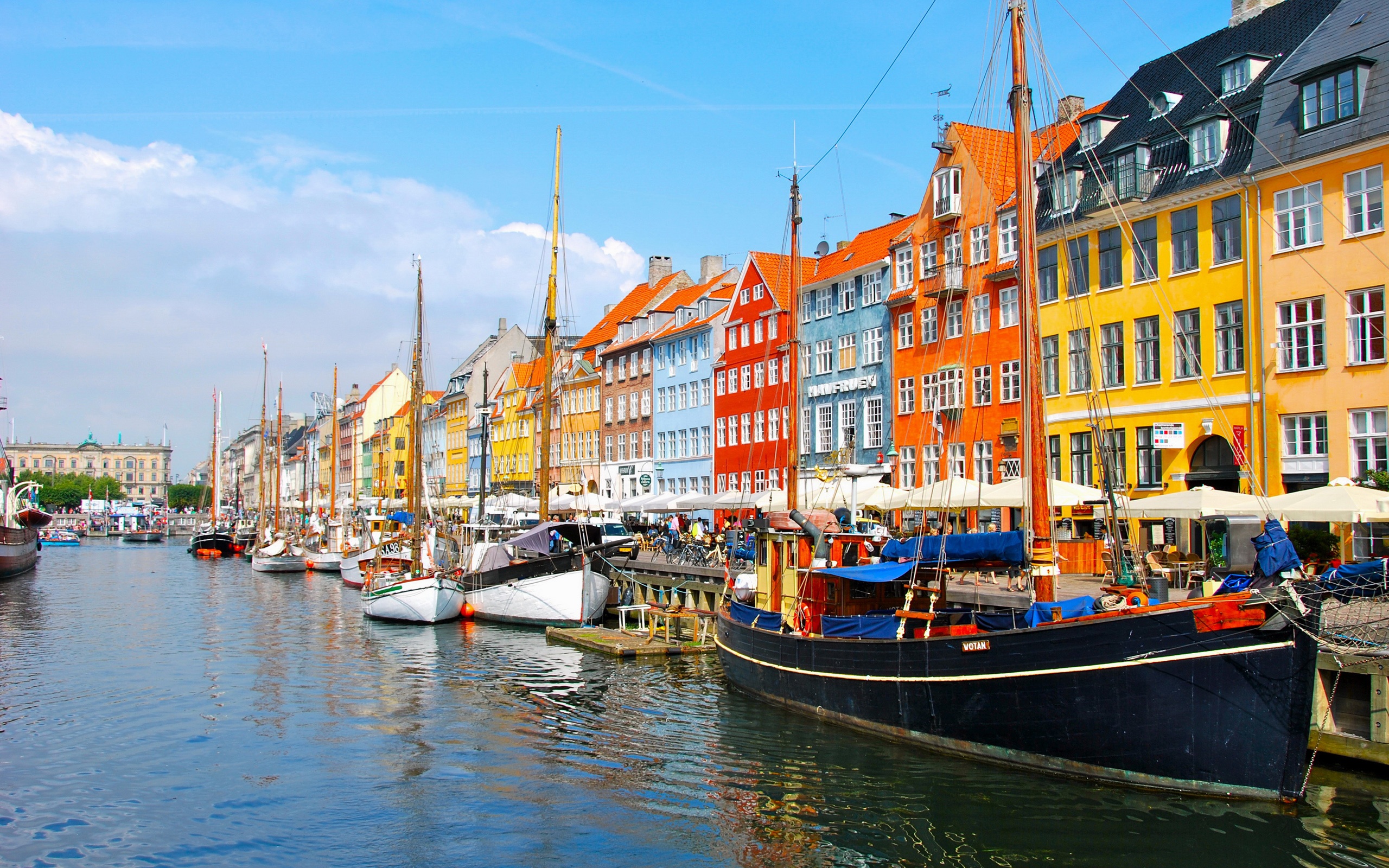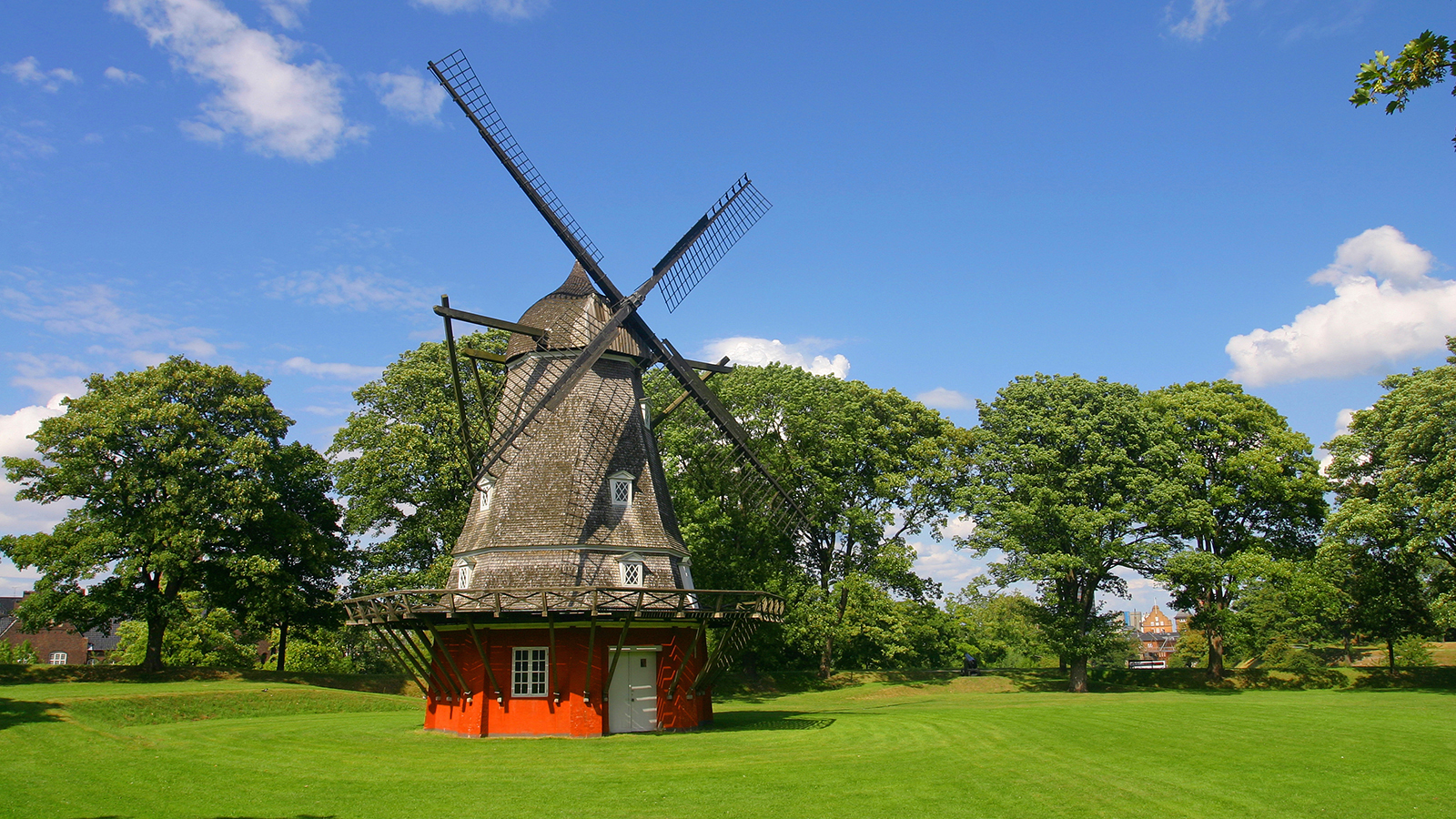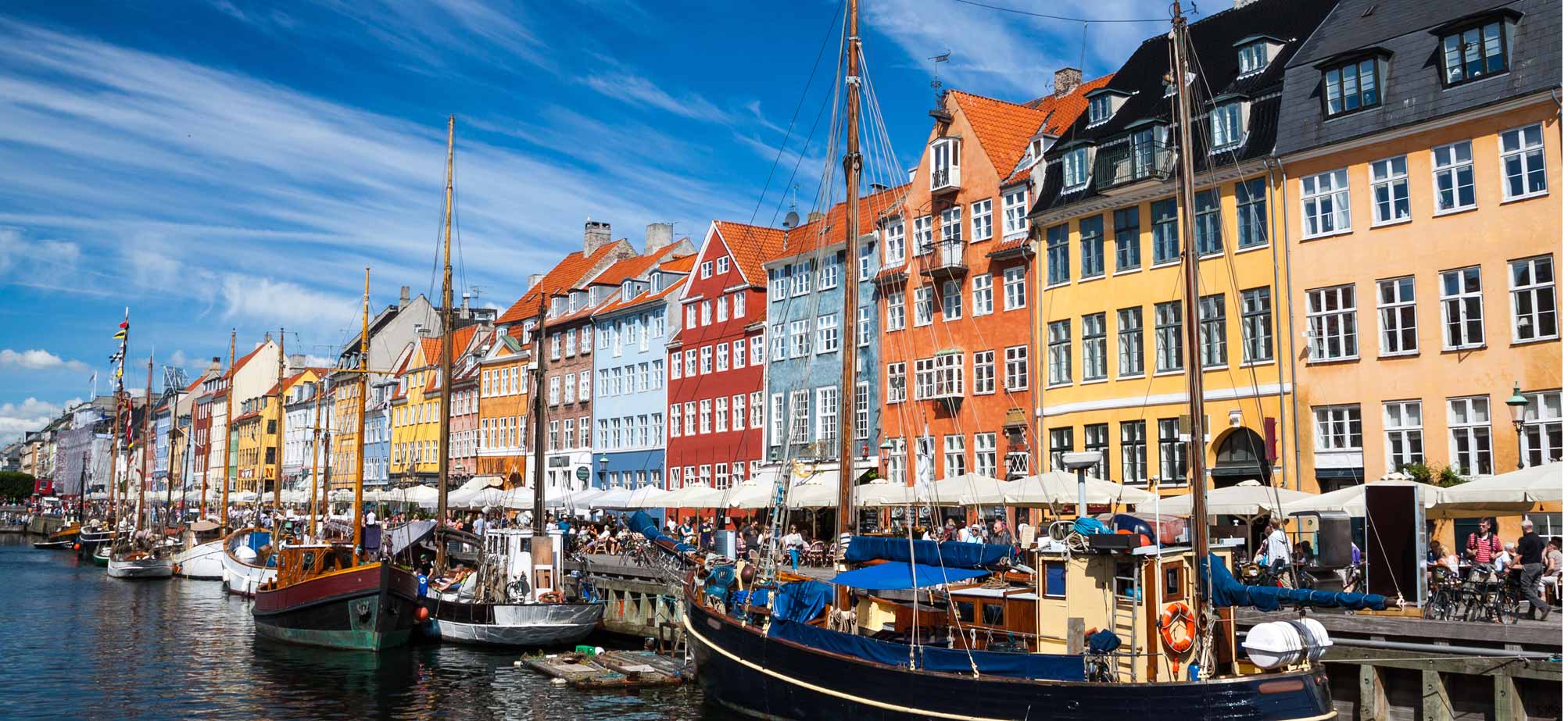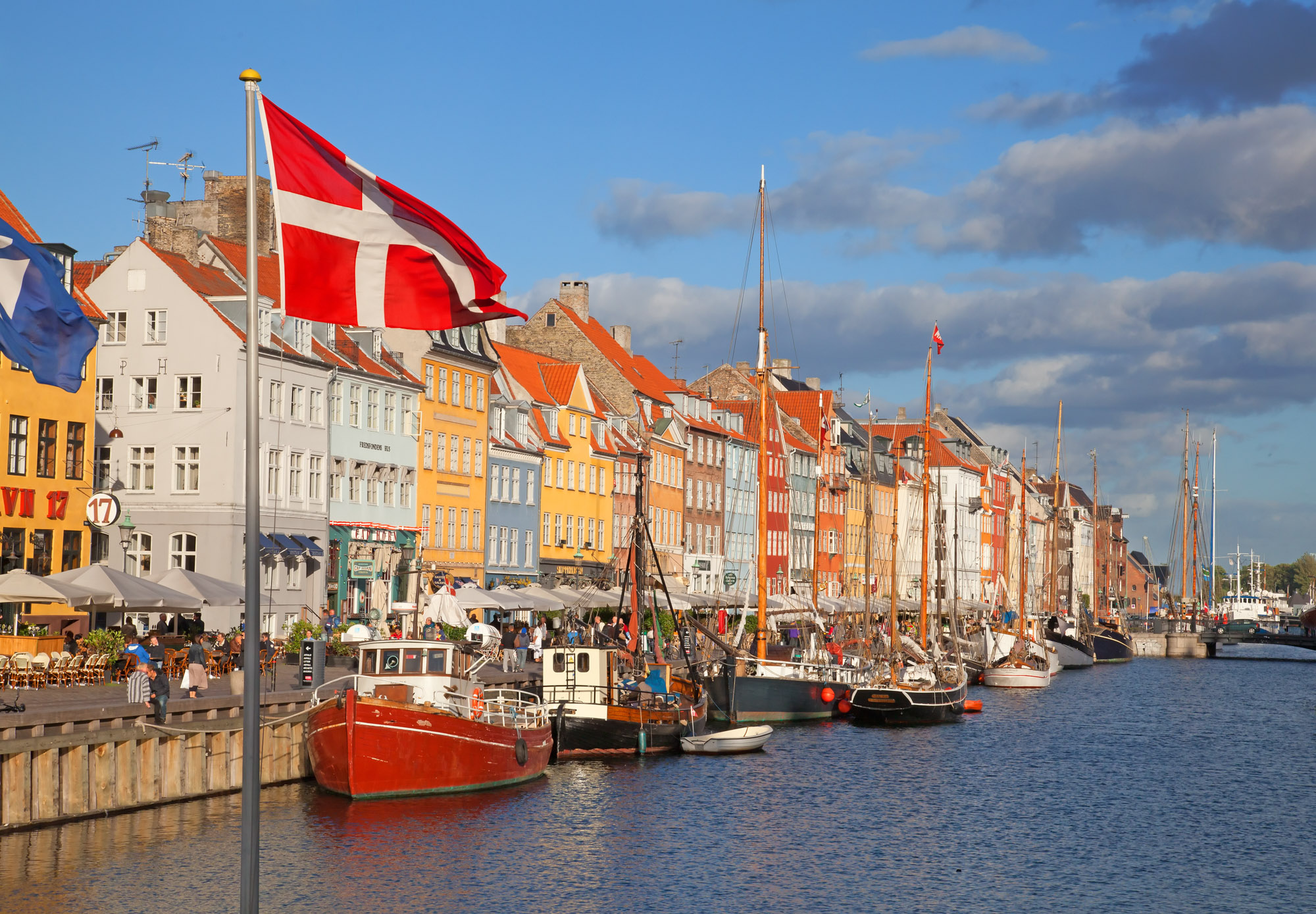Escape for the Weekend
Explore our collection of weekend




Denmark
What to see in Denmark? The Blue Planet; Tivoli Gardens; Bakken Park; Legoland; wrecks and sea life of the Oresund; cliffs of Bornholm and caves of Hammershus; wrecks Sjælland and Dannebroge; and many WWII wrecks.
Individual Booking Try It FreeDenmark
Denmark is a country in Northern Europe, bordered by Germany to the south. The nearest neighbors are Sweden and Norway. The country consists of the peninsula of Jutland and the Danish archipelago of 443 islands and is washed by the North Atlantic Ocean. The total area of the country is more 43 thousand square kilometers. The capital of Denmark is Copenhagen. The official language is Danish. The national currency is the Danish crown.
The terrain of Denmark is mostly flat and consists of plains. The climate is temperate, with mild winters and cool summers.
There is a lot to see in Denmark. Those who are interested in marine life will like The Blue Planet – the largest aquarium in Northern Europe – which gives the visitors a feeling of being under water. Tivoli Gardens, founded in 1843, is a national treasure with exotic architecture, historic buildings and lush gardens, fascinating people of all ages at all times of the day and the year. The 431-year-old amusement park, Bakken, is a wonderful place of resort for tourists with children. The park is inhabited by almost 2,000 free range deer and has lots of roller coasters, Ferris wheels, drop towers, and many more exciting and extreme adventures. Other ideal places for family vacation are Legoland and Djurs Sommerland, with lots of rides and attractions for kids of all ages.
Airports
Copenhagen Airport, Kastrup (CPHz) is the main international airport in Denmark and the largest airport in the Nordic countries.
Billund Airport (BLL), one of Denmark's busiest charter airline destinations.
Aalborg Airport (AAL), an international airport, located 6.5 km northwest of Aalborg.
Aarhus Airport (AAR) is an international airport located 35.9 km northeast of Aarhus.
Diving in Denmark
The Danes have always been seafarers, so all marine activities are very popular here, including diving. The waters of Denmark have great opportunities for wreck diving, night diving, off-beach diving or archaeological trips.
In the Oresund, where the waters of the Kattegat and the Baltic Sea mingle, you will find many various marine species, such as mussels, crabs, fish and starfish, and large amount of wrecks.
The waters around Anholt are full of wrecks dating back to the war, and more recent
ones. The depth is from 25 to 40 meters and the visibility reaches 30 meters.
Abundant marine life can be watched at Fornaes Fyr, and at Helgenaes – the easternmost point and the southernmost point of Djursland, respectively.
In Bornholm there are underwater cliffs; and near Hammershus you can dive in the caves.
Due to a huge amount of traffic in the Baltic Sea off the coasts of Denmark, its waters keep lots of wrecks – over 5000 ones, dating back over 1000 years. Some of the older wrecks, which are still diveable, are "Sjælland" sunk 1801 and "Dannebroge" sunk 1710. The number of WWII wrecks is enormous. They include fighter-bombers, Russian U-boats, minesweepers, torpedo boats, frigates, hospital ships, barges laden with weapons, coasters
